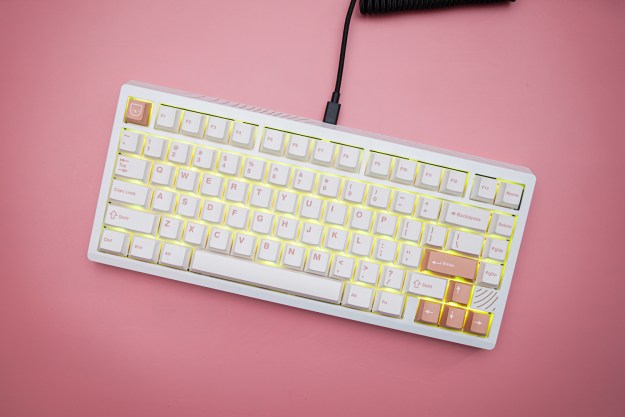
I’ve never used a laptop quite like the Lenovo Legion 9i. It’s the only laptop I’ve given a perfect score, which you can read about in my Lenovo Legion 9i review, and it puts many of the best gaming laptops to shame. It’s out of reach for most people — it’s certainly too expensive for me — but I didn’t touch another laptop this year that excited me as much as the Legion 9i did.
Sure, it’s a powerful laptop, but when you’re spending $3,000 (or more) on a
Slimmed down
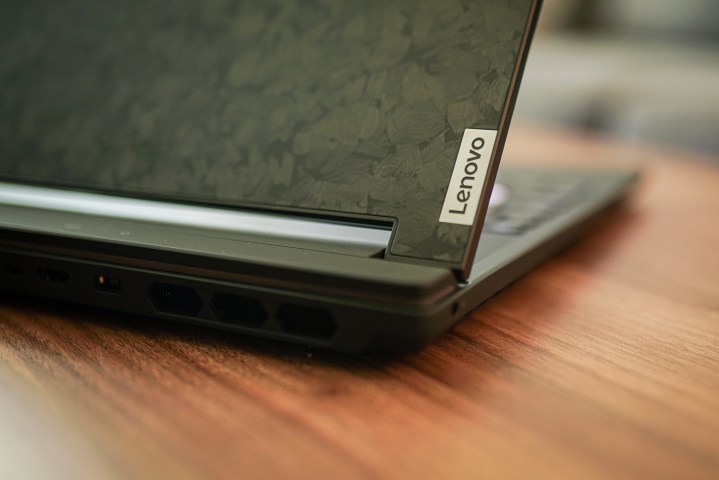
A big part of that is the size of the Legion 9i. There’s some fair criticism that the Legion 9i is too expensive, and a lot of that comes down to Lenovo’s other
For me, size takes the cake. It’s a quarter-of-an-inch thinner than the Legion Pro 7i and more than half a pound lighter, and that’s with the Legion 9i coming with a more power-hungry 24-core CPU. The Legion 9i firmly falls in the class of desktop replacement
If you look at the
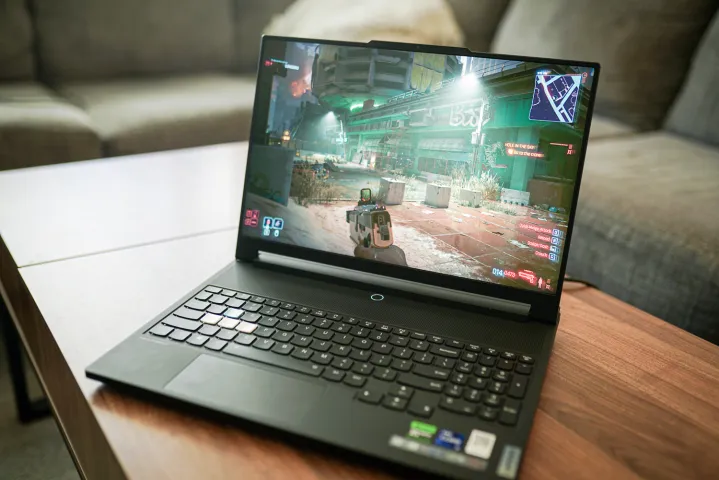
Size is only one axis Lenovo stakes portability on. In addition to the massive 330-watt power brick, Lenovo includes a 140W USB-C charger in the box. It’s not a paid extra; it’s just included. That’s huge if you’re traveling with your laptop and don’t want to lug around a massive power brick. It’s clear Lenovo actually thought about how people use
A smaller laptop is one thing, but the Legion 9i doesn’t sacrifice any power in the process. It even managed to beat the Asus ROG Strix Scar 17 in my testing, all while posting frame rates close to 100 frames per second (fps) at its native resolution of 3.2K in demanding games like Returnal, Horizon Zero Dawn, and Assassin’s Creed Valhalla.
The liquid-cooled difference
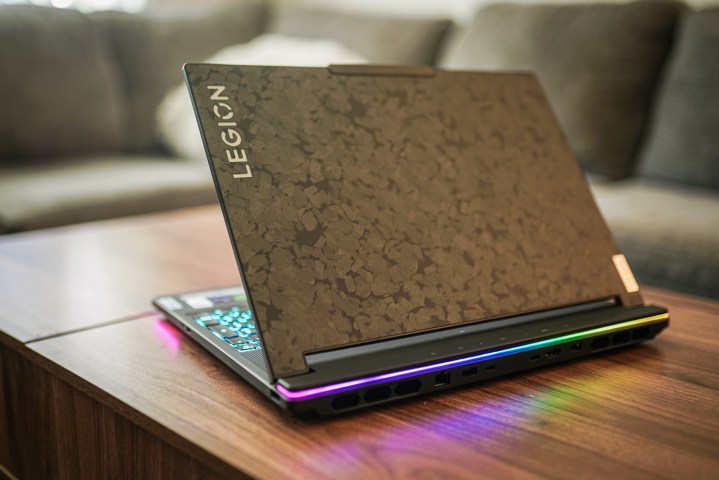
This is a proper desktop replacement, not one that’s crimped at the edges to meet a portable form factor like the Asus ROG Zephyrus M16. A big reason why is the liquid cooling system that the Legion 9i uses.
This system runs over the GPU’s memory, and it only kicks in when temperatures get too hot. If you just look at overall temperatures across
It’s easy to forget that the liquid cooling is at work, and that’s exactly how it should be. We’ve seen liquid cooling in
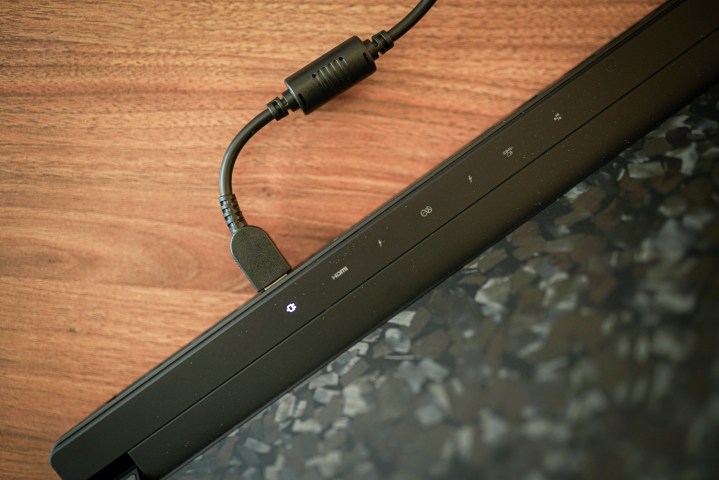
The liquid cooling is the essential piece that makes the Legion 9i so exciting. It’s applying an enthusiast technique in a mainstream way, providing the benefit of portability rather than extreme overclocking prowess. The Legion 9i ends up about as thick as Razer’s highly portable Blade 14, which is insane for a
Expensive, but not crazy
We need to talk about the pricing elephant in the room, though. Starting over $3,000, the Legion 9i is too expensive for most people, but it’s shockingly close to the competition. The most direct competitor is the Alienware x16. With the weaker Core i9-13900HK, the Alienware machine is about $150 more expensive when configured with the RTX 4080 ($3,300 at the time of writing). The tables oddly turn with the
There are plenty of
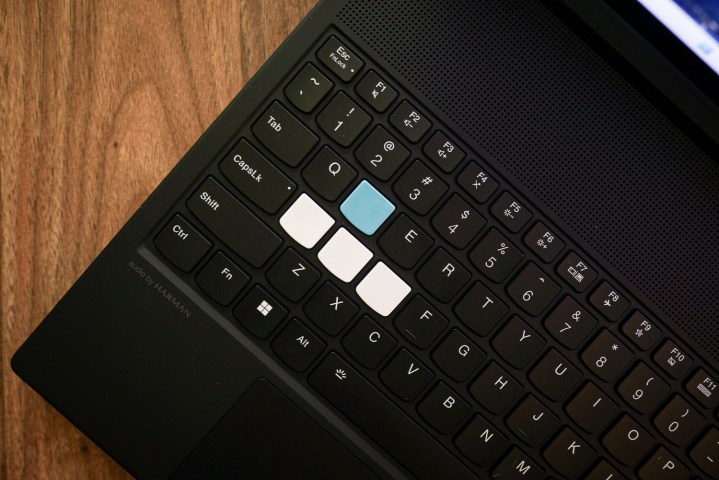
The Legion 9i also goes above and beyond in a way these other
These extras don’t justify the price of the Legion 9i on their own, but when you’re already spending more than $3,000 on a laptop, they help it stand out in a tough crowd. Other desktop replacements feel like powerful
A glimpse of greatness
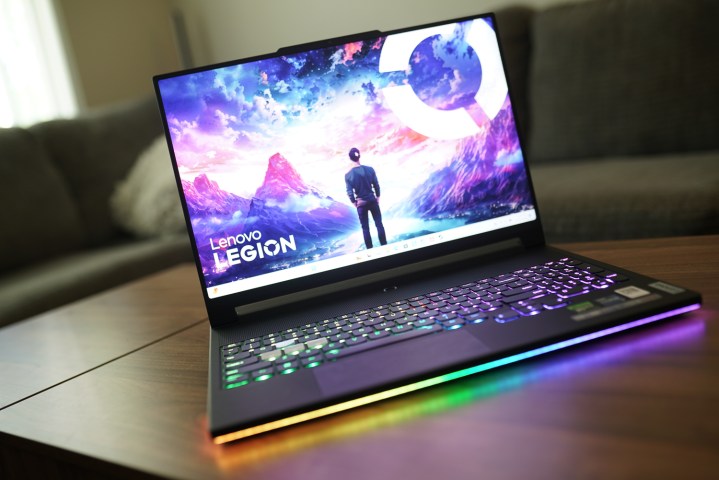
I wouldn’t recommend the Legion 9i to everyone. It’s just not that kind of laptop that hits a perfect ratio of price and performance like Lenovo’s own Legion Pro 5. It’s without a doubt the most exciting laptop I reviewed in 2023, however, and even a couple of months after reviewing it, I’m still checking Lenovo’s website to see if I can snag one on sale.
It’s one of the rare examples of true innovation in
Editors' Recommendations
- Acer gets serious about 14-inch gaming laptops
- Gamers are reportedly returning Intel Core i9 CPUs in droves
- I tested the three best 14-inch gaming laptops. There’s a clear winner
- We finally know the price of Asus’ most powerful gaming NUC
- My most anticipated game of 2024 is getting the full Nvidia treatment




